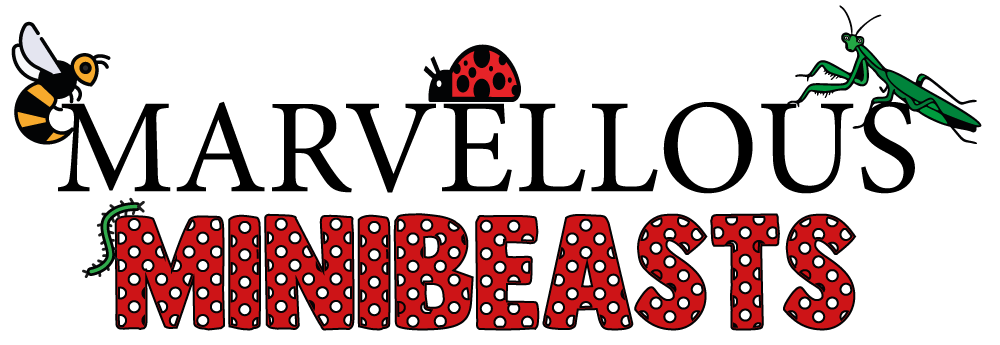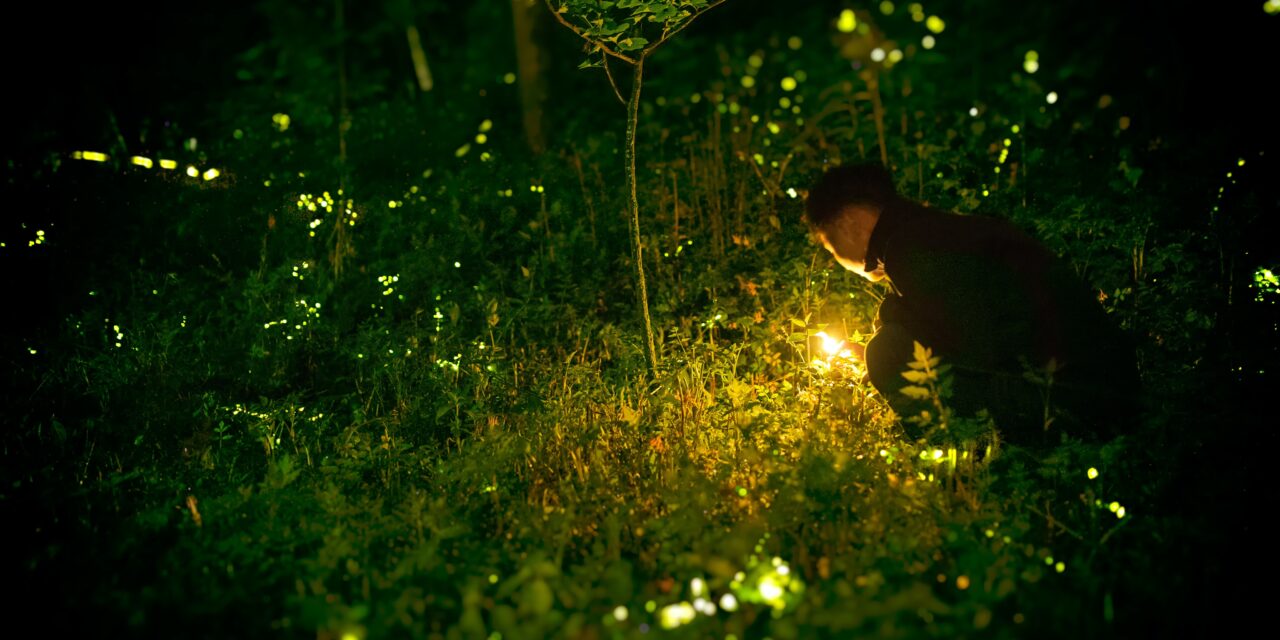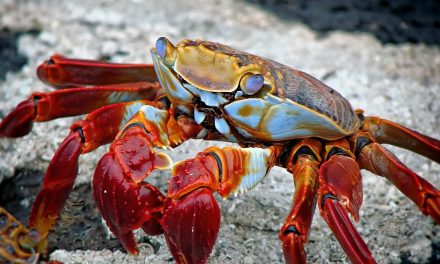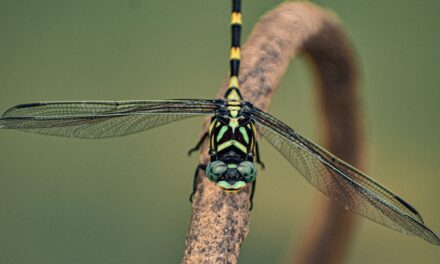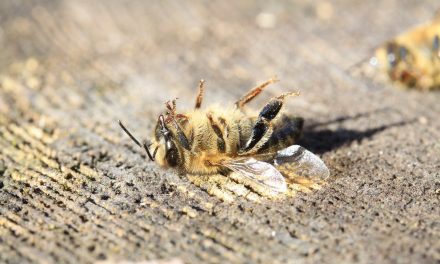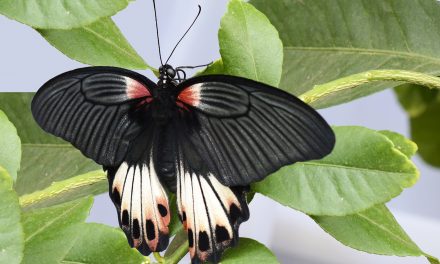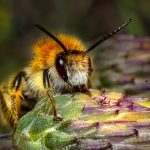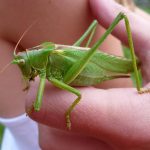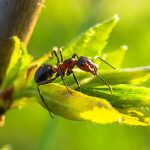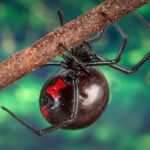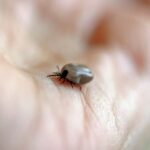Bioluminescence is the phenomenon of living organisms producing light, and it is an adaptation found in many nocturnal insects. Bioluminescence occurs when a chemical reaction produces energy in the form of light.
Nocturnal insects use bioluminescence for various purposes, such as communication, attracting mates, and defence against predators. This adaptation is especially important for nocturnal insects because they rely on their ability to see and be seen in low-light conditions to survive. In this post, we will explore the science behind bioluminescence in nocturnal insects and the various ways they use this adaptation.
What is bioluminescence?
Bioluminescence is the production of light by a living organism through a chemical reaction. This reaction involves the enzyme luciferase and a substrate molecule called luciferin, which combine to produce light. Bioluminescence can occur in a wide variety of organisms, including bacteria, fungi, marine animals, and insects.
Bioluminescence in nocturnal insects
Bioluminescence is so essential to nocturnal insects that they have evolved a vast array of mechanisms to produce light, including the use of specialised cells, organs, and chemical reactions.
One of the most well-known examples of bioluminescence in nocturnal insects is the firefly. Fireflies use bioluminescence in a process called “flashing” to attract mates. Male fireflies will emit flashes of light in a specific pattern to attract females, who will respond with their own flashes if they are interested. This process is not only important for reproduction, but also serves as a way for fireflies to identify members of their own species.
Other insects, such as glow worms, use bioluminescence for a different purpose: to attract prey. Female glow worms produce a bright light to attract flying insects, which they then capture and feed on. Some species of click beetles also use bioluminescence to startle and confuse predators, allowing them to escape.
The science of bioluminescence
The science of bioluminescence is the study of the biochemical processes that enable organisms to produce light through chemical reactions within their bodies. It involves understanding the molecular and cellular mechanisms that allow organisms to generate and control bioluminescence, as well as the ecological and evolutionary factors that have led to the evolution of this ability in different species. Bioluminescence is a fascinating natural phenomenon that has captured the interest of scientists and the public alike, and has led to important advances in fields such as biochemistry, molecular biology, and biotechnology.
The chemical reaction behind bioluminescence
Bioluminescence is produced through a chemical reaction that involves three components: a substrate called luciferin, an enzyme called luciferase, and oxygen. When these three components come together, the luciferin is oxidised by the luciferase enzyme in the presence of oxygen, releasing energy in the form of light. This process is highly efficient, with almost 100% of the energy produced going towards light emission. Different species of nocturnal insects have different types of luciferin and luciferase enzymes, resulting in different colours and intensities of light.
The different types of bioluminescence
There are three main types of bioluminescence:
- Bacterial bioluminescence: This type of bioluminescence is found in bacteria, and is used for a variety of purposes, such as communication and defence.
- Fungal bioluminescence: Fungi also exhibit bioluminescence, which is believed to play a role in spore dispersal and attracting insects for pollination.
- Animal bioluminescence: This is the most commonly known type of bioluminescence, and is found in a variety of animals, including jellyfish, fish, and insects. It is used for communication, attracting mates, and defence against predators.
How Nocturnal Insects Use Bioluminescence
Nocturnal insects use bioluminescence in a variety of ways, but one of the most well-known is for mate attraction. Fireflies, for example, use their bioluminescence to find potential mates. Males will fly around flashing their light pattern, and females will respond with their own flashing pattern to indicate their interest.
Some nocturnal insects also use bioluminescence as a warning signal for predators. For example, some species of click beetles have bioluminescent spots on their bodies that they can flash when threatened, warning predators that they are toxic or unpalatable.
Bioluminescence can also be used for prey attraction. Many deep-sea creatures use bioluminescence to attract prey or lure predators away from their vulnerable body parts. In the same way, some nocturnal insects use their bioluminescence to attract prey, such as moths and other insects that are attracted to light.
Finally, bioluminescence can also be used for navigation. Certain deep-sea creatures use bioluminescence to illuminate the surrounding water and to orient themselves. Nocturnal insects, such as fireflies and glowworms, use their bioluminescence to navigate through their habitats and locate potential mates or prey.
Final thoughts
Bioluminescence is a fascinating and important adaptation for nocturnal insects. The ability to produce light allows them to communicate with others of their species, locate prey, and avoid predators. The chemical reactions behind bioluminescence and the different types of bioluminescence provide insight into the complex and diverse mechanisms used by these insects. By studying and understanding the science behind bioluminescence, we can gain a greater appreciation for the beauty and complexity of the natural world.
